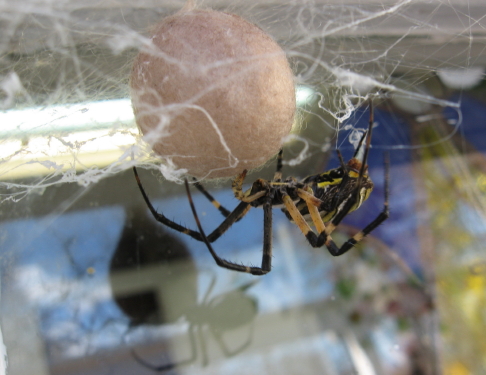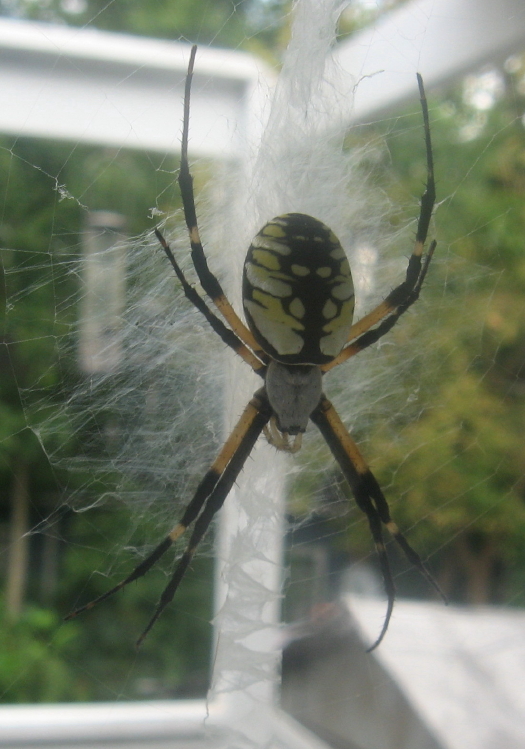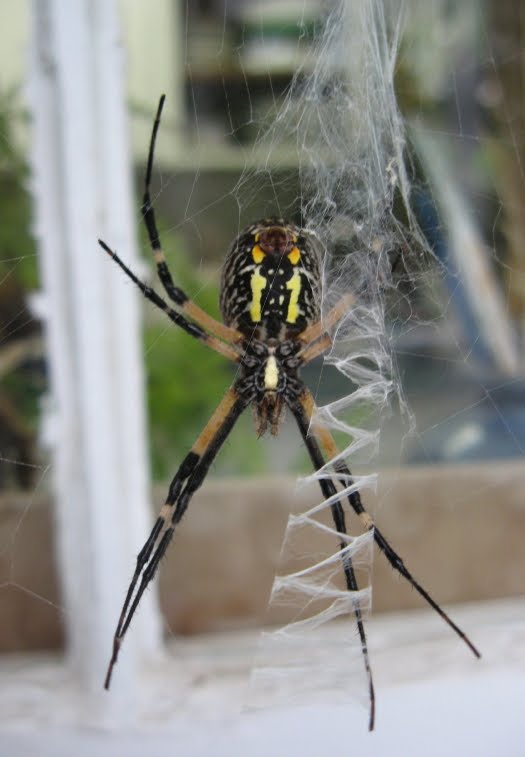The Milburnie Dam on the Neuse River, just upstream of Business 64, is historic, interesting, even fun – but also unhelpful environmentally and surprisingly dangerous. Having followed the long-planned and much discussed project as an environmental ed. teacher, explored the fascinating history of the structure and its predecessors, and recalled the family trips to the place, I am now ready to see it removed.
 The dam was originally built of timbers in 1855 and served a papermaking mill. in 1900 the current rock structure was built and was used for a gristmill and later for electricity generation. Dam removal will serve several good environmental purposes: restore natural (shallow, high-oxygen) water flow above dam, promote shallow water species, including threatened and endangered ones, to utilize that stretch, and restore 15 miles of riverine habitat to migrating fish such as striped bass and American shad. These are excellent outcomes and in and of themselves probably outweigh the loss of black water boating and the probable draining of about 11 acres of wetland currently associated with the dammed water levels, which acres will be offset by Restoration Systems.
The dam was originally built of timbers in 1855 and served a papermaking mill. in 1900 the current rock structure was built and was used for a gristmill and later for electricity generation. Dam removal will serve several good environmental purposes: restore natural (shallow, high-oxygen) water flow above dam, promote shallow water species, including threatened and endangered ones, to utilize that stretch, and restore 15 miles of riverine habitat to migrating fish such as striped bass and American shad. These are excellent outcomes and in and of themselves probably outweigh the loss of black water boating and the probable draining of about 11 acres of wetland currently associated with the dammed water levels, which acres will be offset by Restoration Systems.
But the real clincher is the removal of an inviting, but dangerous and deadly “swimming” area below the dam. The leading picture (click to enlarge) shows this pool. It looks quiet, it is shallow at the shore – but if you approach the side of the pool nearest the main outflow of the dam, a powerful undercurrent puts you at real risk of drowning – at least 11 reported in media through the years and probably more. The YouTube video posted by Restoration Systems explains it all.
I look forward to canoeing this area without needing to portage the dam and I also look forward to watching the restoration efforts above the dam, both by the company and by Nature itself. The mitigation credits might seem to make the project purely commercial, but another way to look at it is using the laws to finance this expensive project. Careful work will be needed to avoid dumping pent-up sediment downstream, and above-dam residents will doubtless miss their linear lake but overall the project is well worthwhile. If you agree, you can sign their petition here.
Links
Neuse Riverkeeper analysis of pros/cons
2010 N&O article on dam removal proposal
N&O article about shad migration and the dam
2011 N&O article on revised proposal
2012 North Raleigh News pro-removal article
Charlotte Observer article on dam drownings
YouTube – dog retrieving right out to danger spot
artistic photo of dam with historical caption
Duke University article about removal benefits
Restoration Systems Milburnie Dam page
new video from RS explaining project
Nature Conservancy Report on dam removal(Pdf)
Removal Has Begun
NandO Article November 15, 2017
Key points from above article: It will take some time for recovery of the natural systems, they are lowering the water 6 inches at a time to ease transition for wildlife, most of the restoration credits will get used for SE 540.

























 The big meadow on New Bern Avenue was filled with buttercups.
The big meadow on New Bern Avenue was filled with buttercups.




















